Note
Go to the end to download the full example code.
Example of topic classification in text documents#
This example shows how to balance the text data before to train a classifier.
Note that for this example, the data are slightly imbalanced but it can happen that for some data sets, the imbalanced ratio is more significant.
# Authors: Guillaume Lemaitre <g.lemaitre58@gmail.com>
# License: MIT
print(__doc__)
Setting the data set#
We use a part of the 20 newsgroups data set by loading 4 topics. Using the scikit-learn loader, the data are split into a training and a testing set.
Note the class #3 is the minority class and has almost twice less samples than the majority class.
from sklearn.datasets import fetch_20newsgroups
categories = [
"alt.atheism",
"talk.religion.misc",
"comp.graphics",
"sci.space",
]
newsgroups_train = fetch_20newsgroups(subset="train", categories=categories)
newsgroups_test = fetch_20newsgroups(subset="test", categories=categories)
X_train = newsgroups_train.data
X_test = newsgroups_test.data
y_train = newsgroups_train.target
y_test = newsgroups_test.target
Training class distributions summary: Counter({np.int64(2): 593, np.int64(1): 584, np.int64(0): 480, np.int64(3): 377})
Test class distributions summary: Counter({np.int64(2): 394, np.int64(1): 389, np.int64(0): 319, np.int64(3): 251})
The usual scikit-learn pipeline#
You might usually use scikit-learn pipeline by combining the TF-IDF vectorizer to feed a multinomial naive bayes classifier. A classification report summarized the results on the testing set.
As expected, the recall of the class #3 is low mainly due to the class imbalanced.
from imblearn.metrics import classification_report_imbalanced
print(classification_report_imbalanced(y_test, y_pred))
pre rec spe f1 geo iba sup
0 0.67 0.94 0.86 0.79 0.90 0.82 319
1 0.96 0.92 0.99 0.94 0.95 0.90 389
2 0.87 0.98 0.94 0.92 0.96 0.92 394
3 0.97 0.36 1.00 0.52 0.60 0.33 251
avg / total 0.87 0.84 0.94 0.82 0.88 0.78 1353
Balancing the class before classification#
To improve the prediction of the class #3, it could be interesting to apply
a balancing before to train the naive bayes classifier. Therefore, we will
use a RandomUnderSampler to equalize the
number of samples in all the classes before the training.
It is also important to note that we are using the
make_pipeline function implemented in
imbalanced-learn to properly handle the samplers.
from imblearn.pipeline import make_pipeline as make_pipeline_imb
from imblearn.under_sampling import RandomUnderSampler
model = make_pipeline_imb(TfidfVectorizer(), RandomUnderSampler(), MultinomialNB())
model.fit(X_train, y_train)
y_pred = model.predict(X_test)
Although the results are almost identical, it can be seen that the resampling allowed to correct the poor recall of the class #3 at the cost of reducing the other metrics for the other classes. However, the overall results are slightly better.
print(classification_report_imbalanced(y_test, y_pred))
pre rec spe f1 geo iba sup
0 0.68 0.91 0.87 0.78 0.89 0.79 319
1 0.98 0.84 0.99 0.90 0.91 0.82 389
2 0.95 0.88 0.98 0.91 0.93 0.85 394
3 0.80 0.73 0.96 0.76 0.83 0.68 251
avg / total 0.87 0.85 0.95 0.85 0.90 0.80 1353
Total running time of the script: (0 minutes 11.572 seconds)
Estimated memory usage: 313 MB

